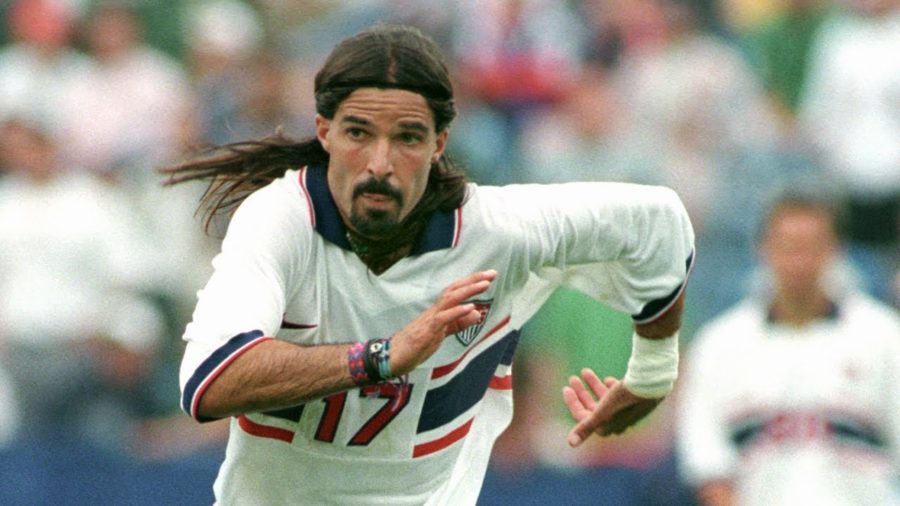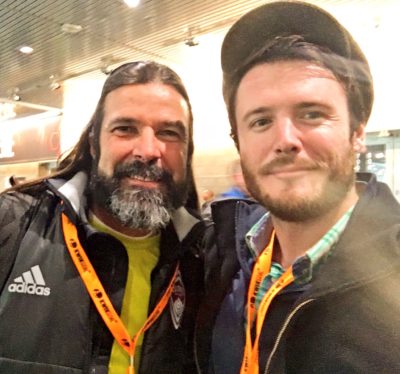There is a strong demand from millions of fans for English language coverage of Mexican soccer. Liga MX is the most watched soccer league in the Unit
There is a strong demand from millions of fans for English language coverage of Mexican soccer. Liga MX is the most watched soccer league in the United States, and the Mexican National Team routinely packs massive American football stadiums for friendlies and summer tournament affairs. Yet despite the wishes of so many, there continues to be a lack of emphasis from networks and media outlets in the U.S., and from teams on the south side of the border to promote English language coverage of Mexico’s top division and national side.
But it’s not all doom and gloom, at least if you make a conscious effort to take a glass half-full approach. Liga MX teams like the Xolos of Club Tijuana and Santos Laguna have been running English language social media accounts for some time now, as well as experimenting with English language broadcasts. Even the Mexican National Team, the beloved El Tri who are arguably the most popular soccer team in America, have been occasionally putting out tweets and Instagram posts in English, making many wonder when that practice will become more routine.
Last week at the NSCAA Convention in Los Angeles, I had an interesting conversation with former United States National Team defender Marcelo Balboa who was attending the convention as a representative of the Colorado Rapids, the club for which he played from 1996-2001. In addition to his technical and broadcast work with the Rapids, Balboa works as a broadcaster and analyst for Univision Deportes coverage of Major League Soccer, representing a rare group of television personalities who work in both English and Spanish language settings.
As a player, Balboa made 127 appearances for the United States National Team. Before suiting up for the Rapids in the inaugural season of MLS, he played two years in Mexico for Club Leon, making 53 appearances for Los Panzas Verdes. He is remembered quite fondly by Leon supporters, his iconic beard and long hair being unmistakable on the pitch, his fine combination of strength and calmness also being hard to miss.
Balboa went to the Mexican League at the height of his powers, just one year after being a staple in the United States 1994 World Cup squad, a tournament where he came just inches away from scoring one of the great goals in World Cup history.
(Marcelo Balboa’s bicycle kick against Colombia in the summer of ’94)
Balboa also has some deep ties to the southern reaches of California. Players and coaches involved with the soccer program at San Diego State University will know that Balboa was a two-time All-American for the Aztecs in his two seasons in 1988 and 1989.
We discussed the importance of bilingual coverage, and what is being done to continue the push for more.
“I think it’s finally opening up,” Balboa said. “I think the sheer volume of games available for people to watch is a major boost. When I was playing, you could hardly get anything on TV. Now, no matter what channel we’re talking about, be it FOX, ESPN, Univision, good local coverage, and so many more, you can find a soccer game on television. Now, there’s a desire for the games to be broadcast in different languages.”
Balboa brought up the idea that the charge for bilingual coverage needs to be a two-way street.
“You can get Major League Soccer in Spanish. Whether it’s through SAP, or our Univision Deportes broadcasts, you can get MLS games in Spanish. I think that’s huge. It’s moving things in a direction where the league is going to reach all markets. I think the more we can do that with MLS, the more other leagues will follow suit with similar strategies. You can’t just give people one league in one language anymore. Fans want more.”
The former U.S. star spoke of some major news from Univision in regards to their Mexican Soccer coverage.
“Next year with Univision, you’re gonna see Liga MX on Facebook and Twitter in English. They are going to start simulcasting games through those outlets. The push for bilingual coverage is opening up a lot of doors. And I think it’s important to remember that we’re in the process of reaching places that twenty years ago we would have never thought we’d reach.”
I asked Balboa, a man who has covered multiple major tournaments including World Cups for various Spanish language networks, what being a bilingual speaker has meant to him in terms of being embraced by Latino fans, specifically Mexican fans who rooted against him for much of his playing career.
“Yeah, they pretty much hated me in Mexico,” he said with a laugh. “I guess when I played for Leon, they loved me. When I played for the U.S. though, they hated me.”
“As far as being bilingual, it was something that was instilled in me as a kid. At home we had to speak Spanish, and at school we’d speak English. We’d always try to speak English in the house, and my dad would give us that “no entiendo, no entiendo” (I don’t understand). It’s important to have both languages, and I didn’t realize that enough as a young kid. Then I got older and became a professional player, and teams would be looking for a guy on the team who could do both English and Spanish interviews. That’s kind of when it hit me, something that I hated to say at the time, and that’s that my dad was right.”
(Balboa asked me to make sure that his father did not hear or read that line.)
“Nowadays with what I’m doing, it’s so important to hit both markets, just with the way the games are going and with the way audiences are growing. Everyone is watching soccer in every different culture. It goes beyond English and Spanish. MLS for example has started broadcasting in a variety of languages, and that’s the beauty of what we were hoping to build over twenty years ago. To see it developing little by little, it’s like a child. You see it grow with every passing day and it makes you proud.”
Some media members have suggested that Major League Soccer’s clear aspirations to truly engage with the Spanish speaking market may provide the impetus for Liga MX to do the same with English speakers in the United States. If that idea proves to be true, you could say everybody wins.
It remains to be seen how the major Spanish language networks in the U.S. will go about this push. Even bigger questions exist in regard to the individual clubs of Liga MX and the league itself. Who will be the next team to join Xolos and Santos in the English language social media department? Will any team step up? How hard would it really be? What would an America, a Tigres, or a Chivas level club launching an English language Twitter account do for the progression of this entire concept?
In the meantime, we can take it upon ourselves to create our own bilingual coverage, and continue to encourage our favorite networks and favorite teams to do the same. Soccer is the world’s game, and as journalists, broadcasters, players, coaches, owners, and of course fans, we are all part of something bigger than ourselves. We must continue this charge together. For the next generations. For the good of the game.

